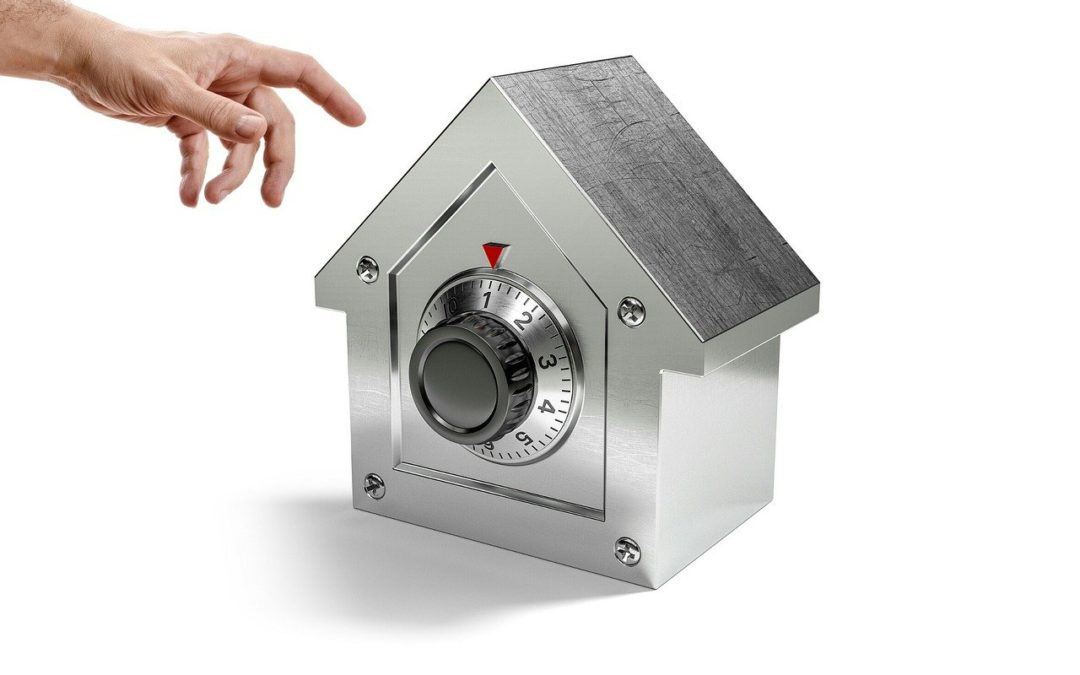
Jul 12, 2022 | Property Law
In the sale of residential and commercial land in New South Wales, it is common for vendors to insert a special condition into the contract which allows for the deposit... Read More

Jul 9, 2022 | Property Law
Buying a property can often be an intimidating process, especially at auction where you are competing with other buyers and there is no cooling off period. Many properties are sold... Read More

Jul 7, 2022 | General Advice, Property Law
Etheringtons Solicitors Note: In June 2022, the NSW Government announced legislation to reform transfer duty within NSW, moving to an ‘annual property tax’ system. These changes will take place over... Read More

Jul 3, 2022 | General Advice, Property Law
The 2020 bushfires across Australia had devastating effects on the lives of so many Australians. Many lost homes, treasured possessions or most terribly, a family member or friend. In the... Read More

Jun 23, 2022 | Property Law
What is a Security? Landlords typically ask for payment of ‘security’ when you first enter your lease. The security is an amount – usually 4 or more weeks’ rent –... Read More

Jun 20, 2022 | Business Law, Property Law
Below are five things you should do before signing a business lease. 1. Factor in rent payments As a tenant, you are required to pay an amount – often referred... Read More







